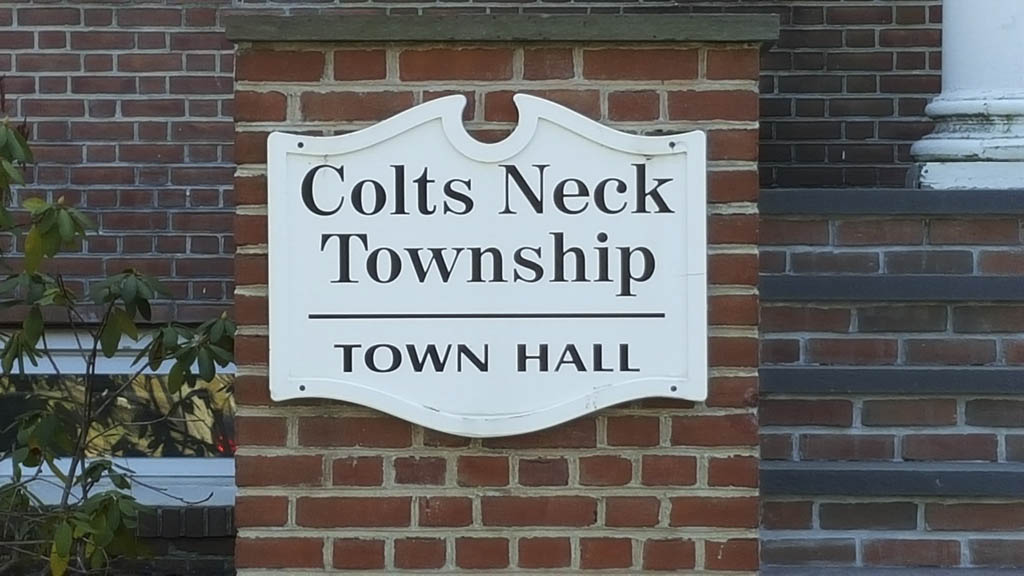COLTS NECK – The Township Committee is exploring its options in regard to dealing with an invasive species of insect called the emerald ash borer.
The invasive tree pest originated in Asia and was first found in the United States in 2002 in Michigan. Since then the emerald ash borer has spread east and has made its way to New Jersey.
The insects feed on leaves and during the reproductive cycle they leave their larvae in cracks and holes in a tree and burrow into the tree and eat the tree from the inside out. Their larvae tunnel their way into the trees and feed on the layer of tissue under the bark. This disrupts the trees’ flow of nutrients and kills the trees within two to three years. When the trees are dead they become brittle and fall apart, creating a hazardous condition for people and property.
Michael Viola, who serves on the Colts Neck Shade Tree Commission, spoke to members of the Township Committee on July 12 and offered recommendations from the commission on how to address the emerald ash borer.
He said commission members determined that Laird field, the entrance at Bucks Mill Park and Heritage Way near the municipal complex are sites that have been deemed susceptible to the insect.
According to Viola, there are trees at Laird field that are not worth saving and will be removed. He said Bucks Mill Park will be left alone and trees will be taken down as it becomes necessary to do so. New trees will be planted as trees are removed. Viola said trees at the park have been pruned and are not a hazard at this time.
In regard to Heritage Way, Viola said there are two trees that should come down, including one near a power line that will have to be removed by a professional service.
Viola said commission members are considering treating certain trees at a cost that could approach $7,500 per tree. In those cases an insecticide will be injected into a tree and the treatment will last for two years before the health of the tree is re-evaluated.
The commission has recommended that treatment should begin as soon as possible.
“The trees we recommend saving are iconic, they are within the arboretum and they are large trees,” Viola said.
“The arborist seems to indicate that (treating a tree) is life support,” said Committeeman Frank Rizzuto, who is the governing body’s liaison to the Shade Tree Commission. “It’s every two years and if you get it healthy and keep it healthy, you constantly have to treat it. The only way to stop this bug is if it eats itself out. It will only go away when there are no more ash trees. If we preserve these trees, they will hang around.”
Speaking about private property, Viola said, “If (a homeowner) has an ash tree on his property, it is only a matter of time before it sees the end of its life. (The homeowner) will have to have it monitored and consider having it evaluated by an arborist. If it is still healthy it can be saved, it just needs to be treated, possibly pruned and treated with an insecticide.”

